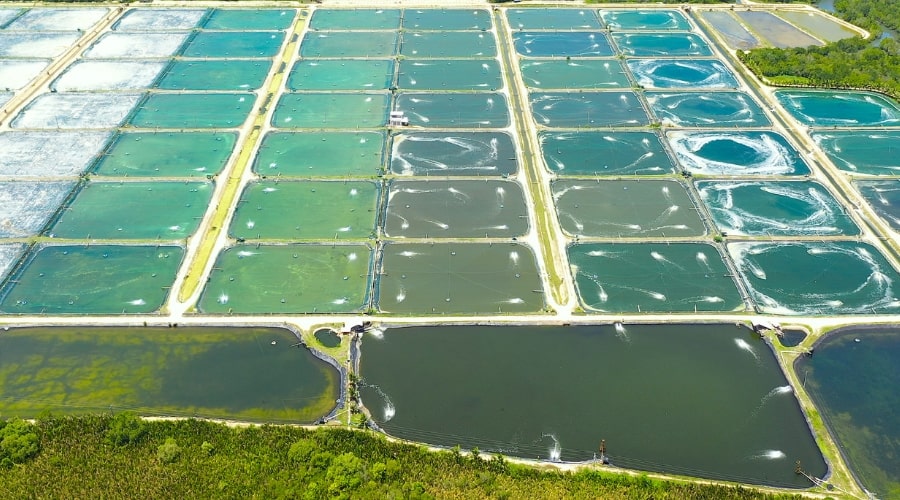When starting a fish farm, it’s natural to face challenges. Avoiding common mistakes can save you time, money, and frustration. Here are the most common pitfalls new fish farmers encounter and how to steer clear of them.
1. Choosing the Wrong Fish Species
Many beginners select fish species without considering local conditions. Factors like climate, water availability, and market demand heavily influence your success. For example, tilapia thrives in warm climates, while trout needs cooler water.
How to Avoid:
- Research fish species suited to your area.
- Test water conditions for pH, temperature, and oxygen levels.
- Prioritize species with strong local market demand.
2. Neglecting Water Quality Management
Fish rely on clean, oxygen-rich water. Poor water quality leads to stress, diseases, and even death. Beginners often underestimate the need for regular water checks and management.
How to Avoid:
- Monitor water parameters weekly (e.g., pH, ammonia, and dissolved oxygen) [TO BE VERIFIED].
- Install aeration systems to maintain oxygen levels.
- Conduct partial water changes as needed to reduce waste buildup.
3. Overcrowding Fish
Overcrowding is a frequent mistake that leads to stress, slow growth, and higher disease risks. Beginners sometimes aim for higher yields but end up compromising fish health.
How to Avoid:
- Follow stocking density guidelines for your chosen species.
- Start with fewer fish and increase stock as you gain experience.
- Provide adequate space for swimming and feeding.
4. Feeding Errors
Feeding too much or too little disrupts fish growth and pollutes the water. Improper feed selection also reduces efficiency and increases costs.
How to Avoid:
- Feed fish based on size and species-specific requirements.
- Use high-quality, nutritionally balanced feed.
- Remove uneaten feed within 15-20 minutes to prevent water pollution.
5. Skipping Disease Prevention
Fish are vulnerable to diseases, especially in poorly managed environments. New farmers often wait for signs of illness instead of taking preventive measures.
How to Avoid:
- Quarantine new fish before introducing them to your main pond.
- Maintain consistent water quality and sanitation.
- Observe fish daily for unusual behavior or appearance.
6. Ignoring Farm Biosecurity
Lack of biosecurity allows pathogens and pests to harm your fish. Beginners sometimes overlook the importance of controlling farm access and equipment hygiene.
How to Avoid:
- Limit access to your farm and require visitors to follow hygiene protocols.
- Disinfect tools and equipment regularly.
- Avoid mixing fish from different sources without proper quarantine.
7. Inadequate Record-Keeping
Failing to track key metrics makes it hard to identify problems or improve efficiency. Beginners often rely on memory, which leads to errors.
How to Avoid:
- Maintain detailed records of stocking, feeding, water quality, and health checks.
- Use simple spreadsheets or apps to organize data.
- Review records regularly to spot trends or issues.
8. Overlooking Market Research
New fish farmers sometimes start production without a clear plan to sell their fish. This leads to unsold stock and financial losses.
How to Avoid:
- Research local markets to identify demand and pricing.
- Build relationships with buyers like restaurants or wholesalers.
- Start small to test the market before scaling up.
9. Poor Financial Planning
Underestimating costs is a frequent beginner mistake. Many overlook expenses like feed, equipment maintenance, and water management.
How to Avoid:
- Create a detailed budget that includes all potential costs.
- Set aside an emergency fund for unexpected expenses.
- Review costs regularly and find ways to optimize spending.
10. Rushing to Scale Up
Scaling too quickly can overwhelm new farmers and lead to costly mistakes. Beginners sometimes invest in large operations without mastering the basics.
How to Avoid:
- Focus on learning and building experience with a small operation.
- Scale gradually as you refine your processes.
- Seek advice from experienced farmers before expanding.
By avoiding these mistakes and focusing on consistent learning, you can set yourself up for a successful fish farming journey. Stay observant, keep things simple, and adapt as you gain experience.


